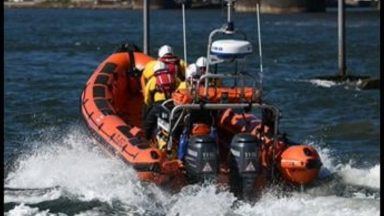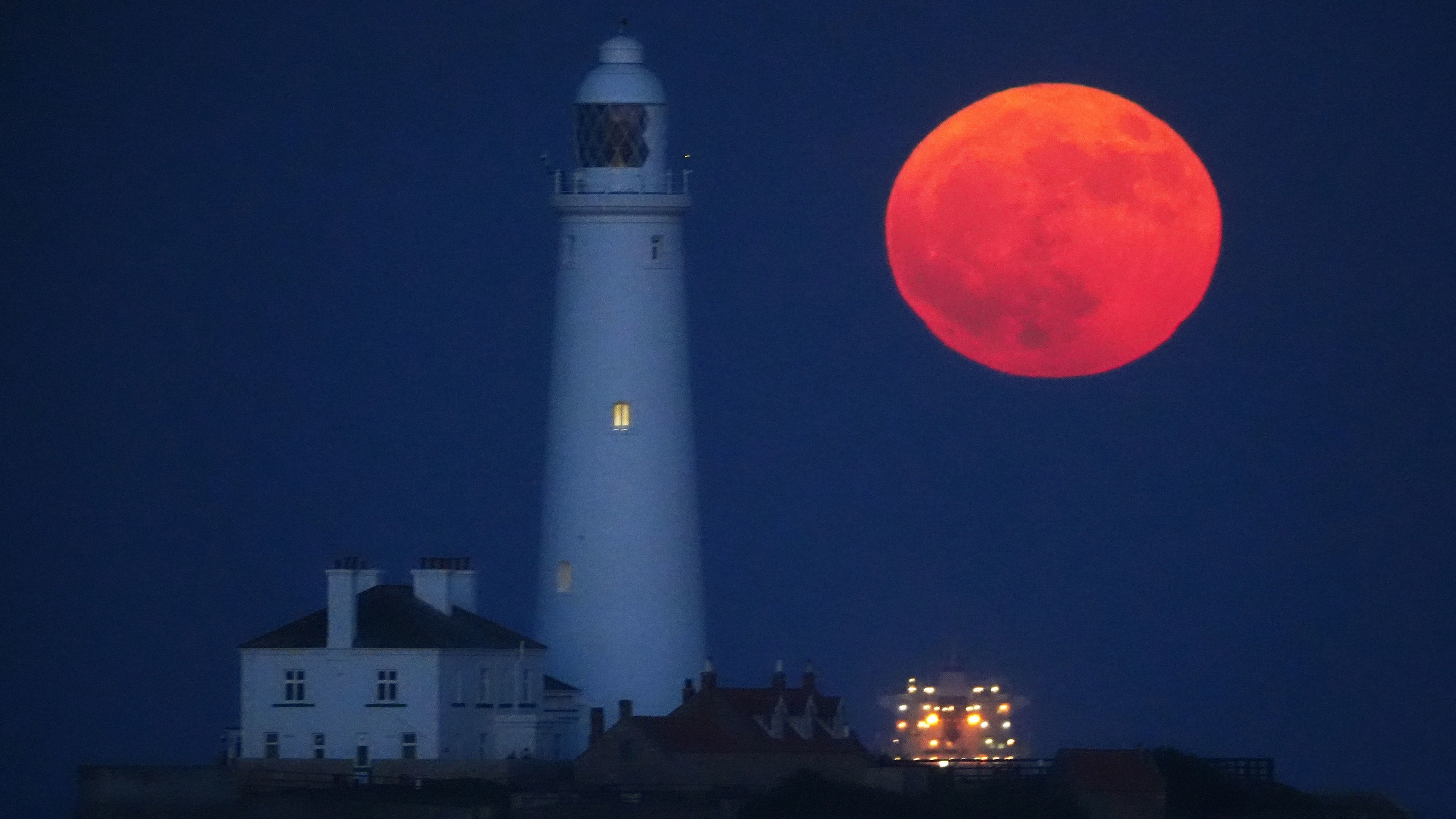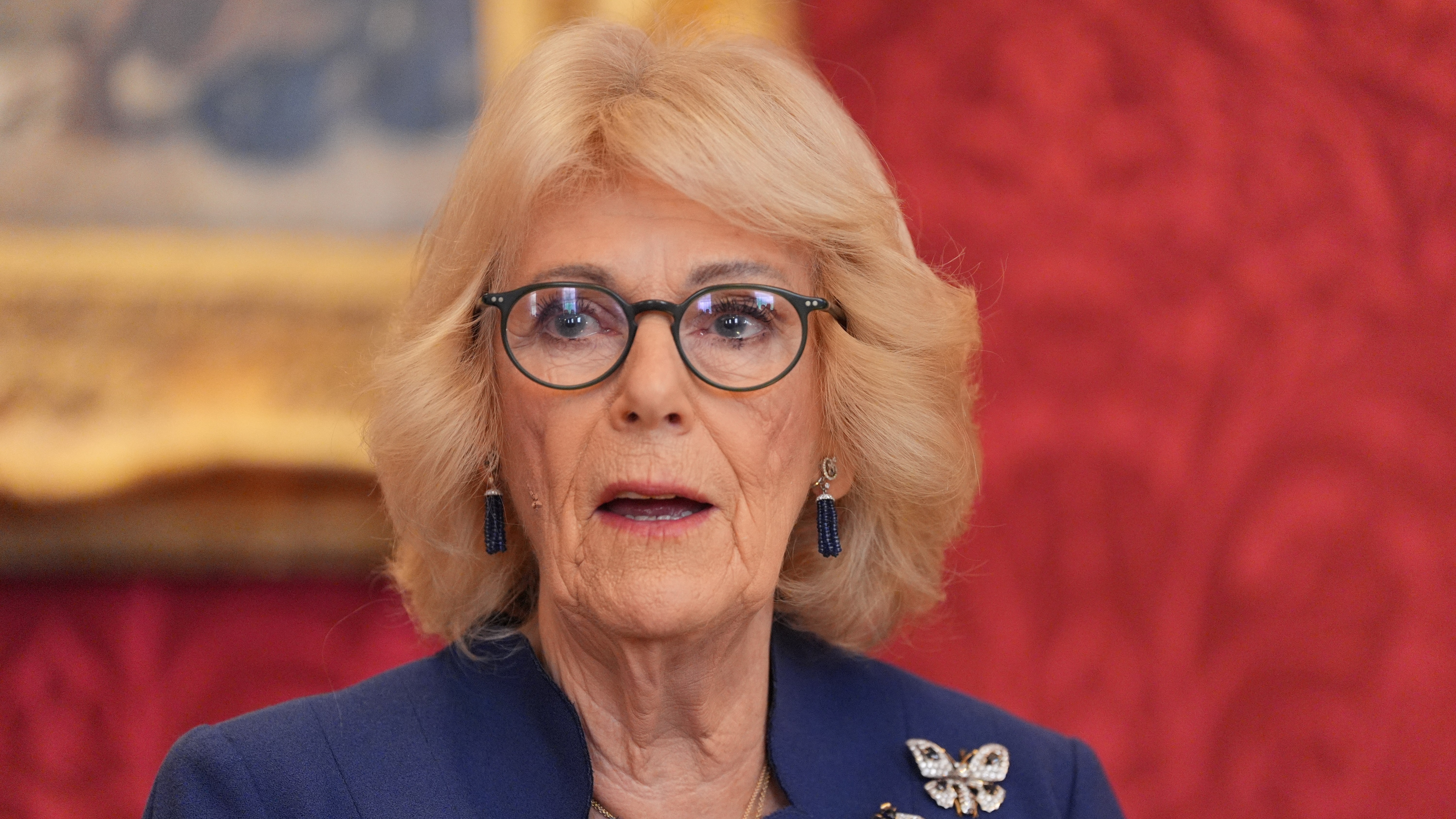The wine-laden wreck of a royal warship which sank in the 17th century while carrying the future king James Stuart has been found off the coast of Norfolk.
Researchers have hailed the discovery of the HMS Gloucester as the most “significant maritime find since the Mary Rose” 40 years ago after brothers Julian and Lincoln Barnwell completed a four-year search for the submerged vessel.
The ship ran aground in 1682 around 28 miles off Great Yarmouth following a dispute between the then Duke of York and the ship’s pilot James Ayers about navigating the coastline’s notorious sandbanks.
The site, which lies within international waters, was initially uncovered in 2007, but the siblings were forced to keep its location under wraps until work to protect the area and confirm its veracity was completed.
They initially started the search with their late father, Michael, and two friends including James Little – a former Royal Navy submariner.

Lincoln said: “It was our fourth dive season looking for Gloucester.
“We were starting to believe that we were not going to find her, we’d dived so much and just found sand.
“On my descent to the seabed, the first thing I spotted were large cannon laying on white sand, it was awe-inspiring and really beautiful.
“It instantly felt like a privilege to be there, it was so exciting.”
He added: “We were the only people in the world at that moment in time who knew where the wreck lay. That was special and I’ll never forget it.
James barely survived the sinking after delaying abandoning ship until the last minute, needlessly resulting in the deaths of between 130 to 250 crew and passengers who were barred from leaving before royalty.

He accepted no responsibility for the sinking, instead blaming the pilot and wishing him to be hanged immediately, though Mr Ayres was in fact court-martialled and imprisoned.
James went on to reign as King James II of England and Ireland and James VII of Scotland from 1685 until 1688, when he was deposed by the Glorious Revolution.
The brothers trawled more than 5,000 nautical miles of the waters looking for the ship during their search.
Maritime history expert Prof Claire Jowitt, of the University of East Anglia (UEA), said: “Because of the circumstances of its sinking, this can be claimed as the single most significant historic maritime discovery since the raising of the Mary Rose in 1982.
“The discovery promises to fundamentally change understanding of 17th-century social, maritime and political history.
“It is an outstanding example of underwater cultural heritage of national and international importance.
“A tragedy of considerable proportions in terms of loss of life, both privileged and ordinary, the full story of the Gloucester’s last voyage and the impact of its aftermath needs re-telling, including its cultural and political importance, and legacy.
“We will also try to establish who else died and tell their stories, as the identities of a fraction of the victims are currently known.”
In 1682 it was selected to carry James to Edinburgh to collect his heavily pregnant wife and their households.
The aim was to bring them back to King Charles II’s court in London in time, it was hoped, for the birth of a legitimate male heir.
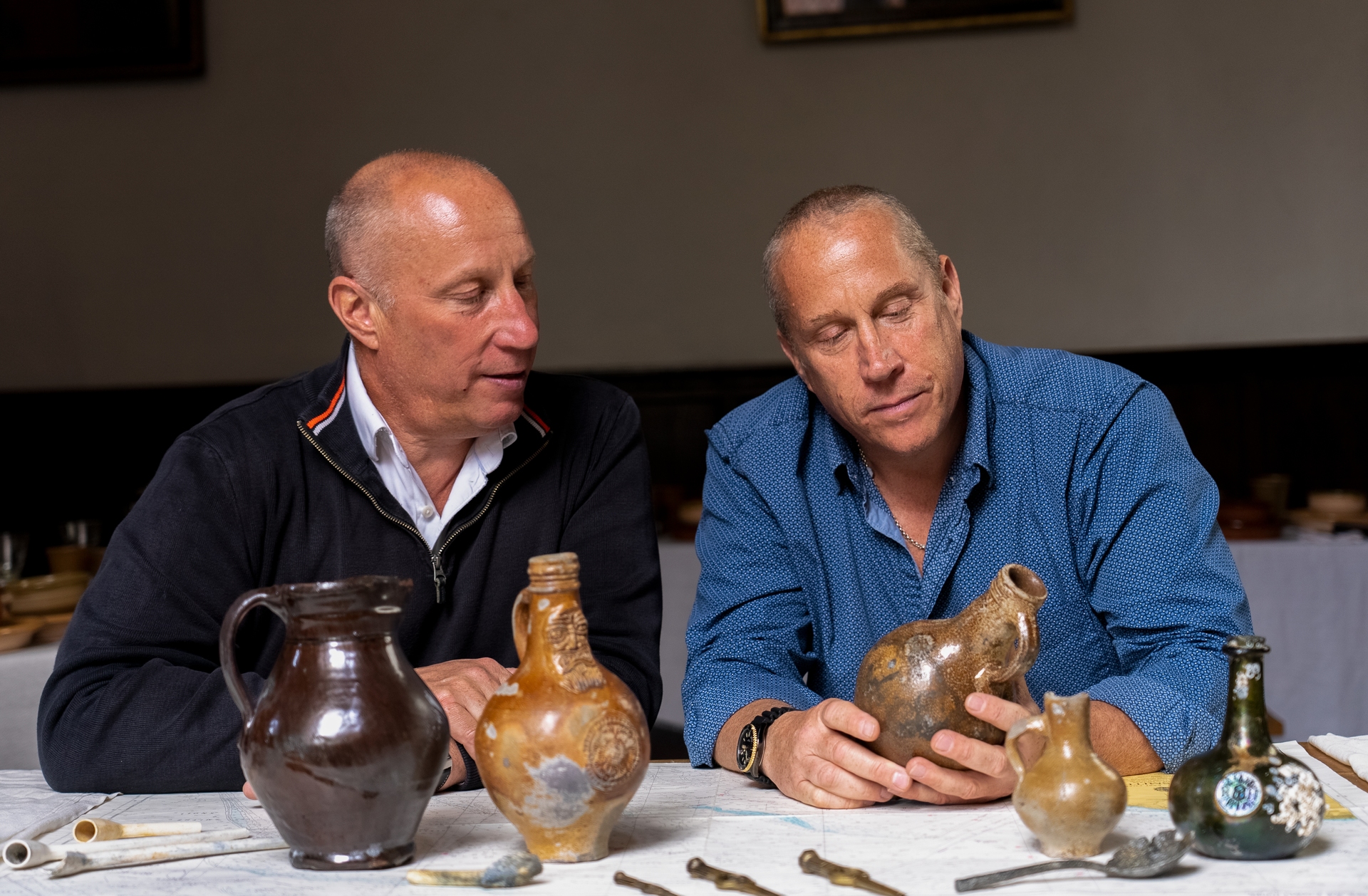 UEA / Norfolk Historic Shipwrecks
UEA / Norfolk Historic ShipwrecksDiarist and naval administrator Samuel Pepys, who witnessed events from another ship in the fleet, wrote his own account – describing the harrowing experience for victims and survivors, with some picked up “half dead” from the water.
The ship was split down the keel and the remains of the hull were submerged in the sand.
Its bell, manufactured in 1681, was later recovered, and in 2012 it was used by the Receiver of Wreck and Ministry of Defence to decisively identify the vessel as the HMS Gloucester.
Artefacts rescued and conserved from the wreck include clothes and shoes, navigational and other professional naval equipment, personal possessions, and many wine bottles.
One of the bottles bears a glass seal with the crest of the Legge family – ancestors of George Washington, the first US President.
The crest was a forerunner to the Stars and Stripes flag.
There were also some unopened bottles, with wine still inside - offering opportunities for future research.
Follow STV News on WhatsApp
Scan the QR code on your mobile device for all the latest news from around the country


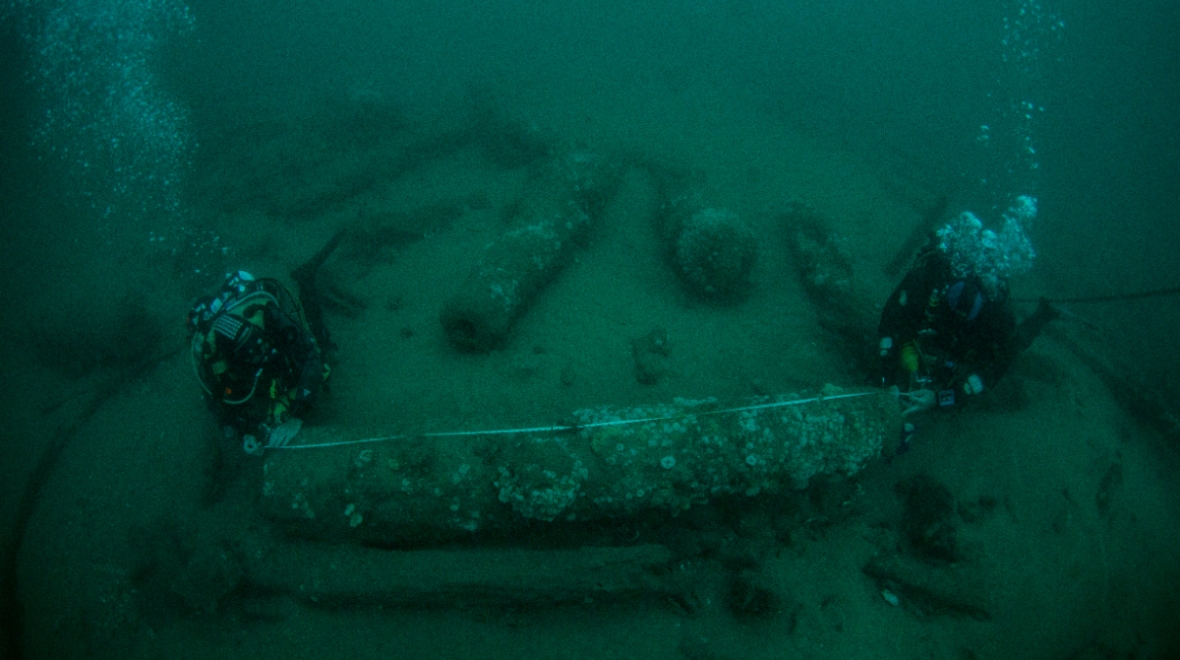 UEA / Norfolk Historic Shipwrecks
UEA / Norfolk Historic Shipwrecks







